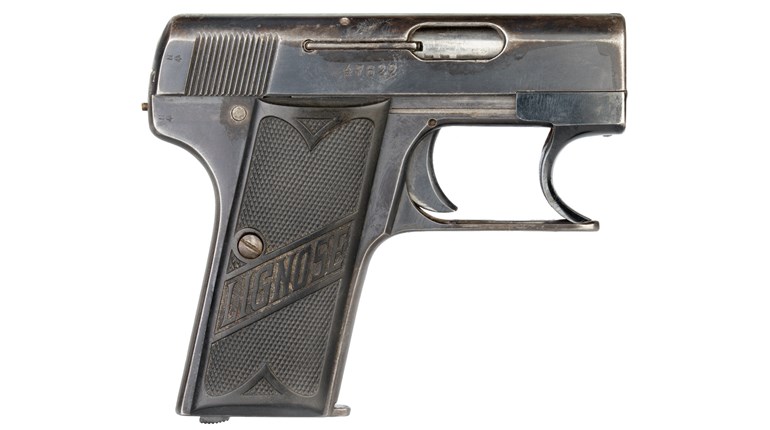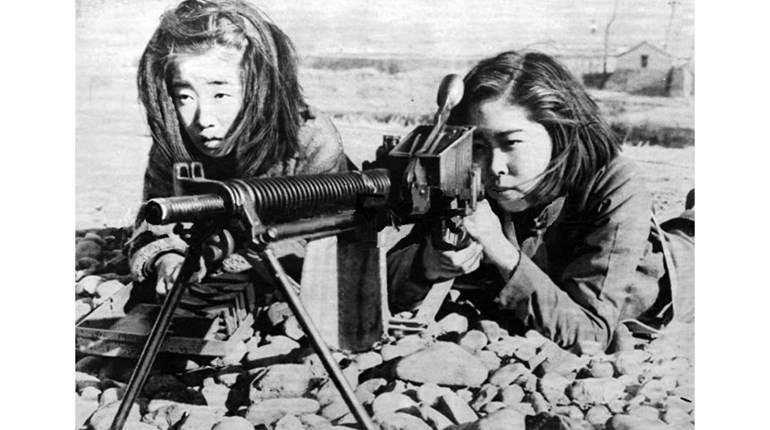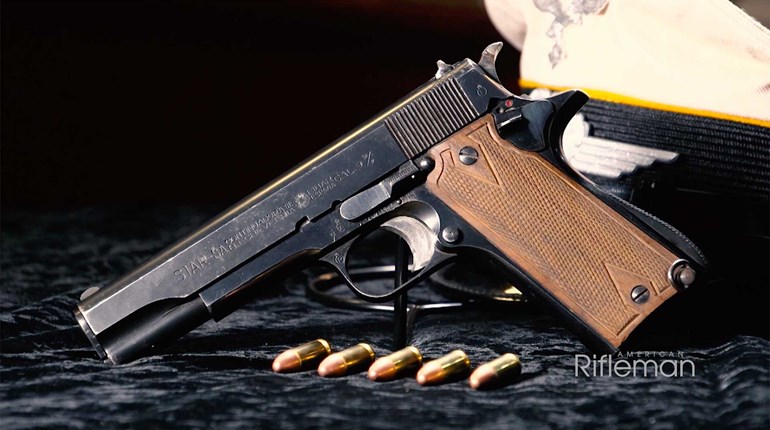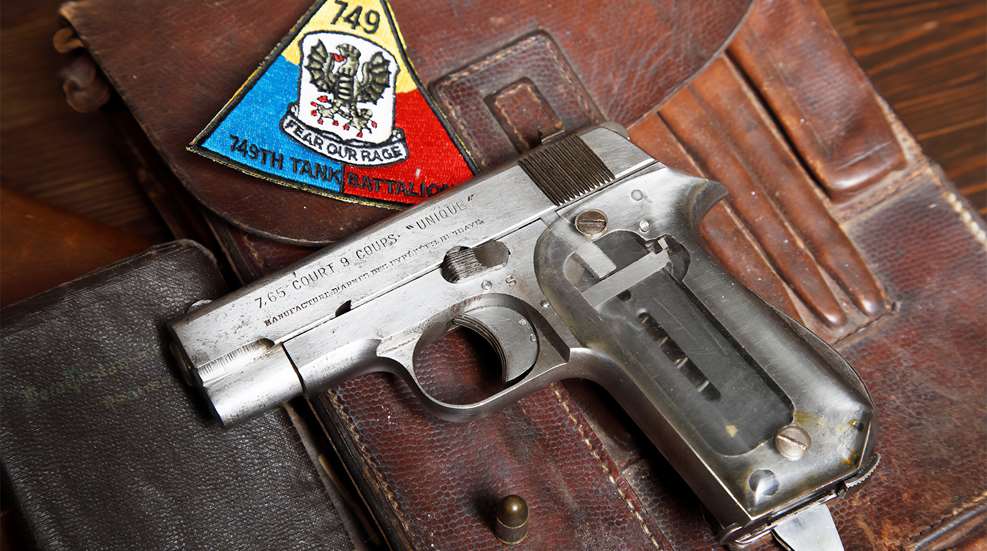
I first laid eyes on Cecil Dilworth in the summer of 1976. Dilworth was a captain and district commander of the South Carolina Highway Patrol in Florence, S.C. He was in charge of the SCHP Pistol Team that was competing in the North Carolina-South Carolina Law Enforcement Officers Association match being held in Lancaster, S.C. Back then, I was an inexperienced 20-year-old police officer employed by the Lancaster Police Department. This was my first PPC competition match.
Although I was not aware of Capt. Dilworth at the time, I was impressed with his team. I immediately wanted to be a member. My time would arrive later. In 1977, after one-and-a-half years at the Lancaster Police Department, I was hired by the South Carolina Highway Patrol. The next year at a big law enforcement conference match in Charleston, a former SCHP Team member first introduced me to Capt. Dilworth. He was larger than life. Dilworth was a strapping six feet, four inches tall with solid white hair. He issued me ammunition to use in the match. I remained on the team for the next 20 years, until my retirement.
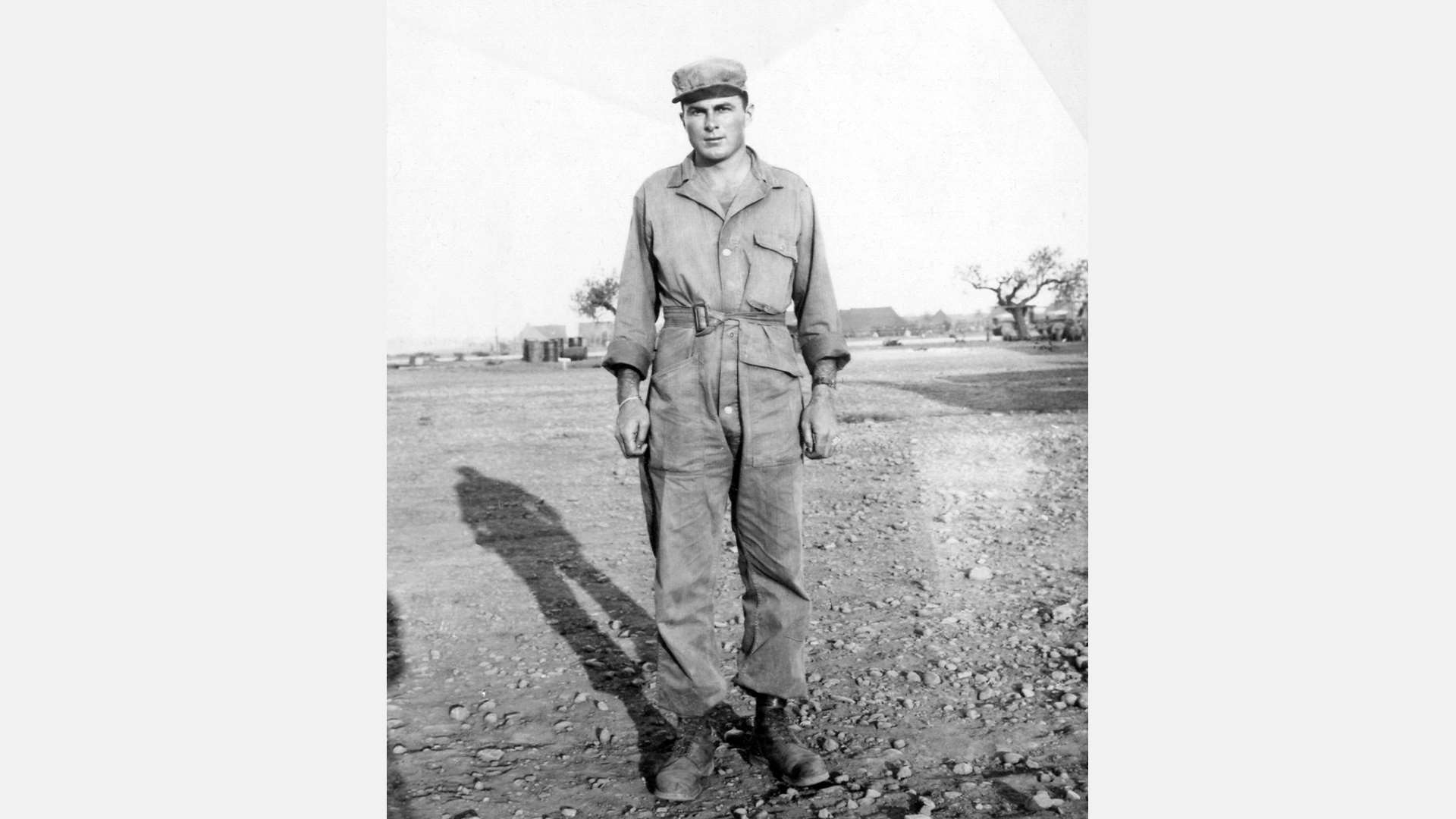
Dilworth had a reputation as a strict disciplinarian as a district commander. During district meetings, he was known to gather up all of the car keys of the troopers attending the meeting. He would then inspect their vehicles for unauthorized equipment, primarily AM/FM radios, and snatch them out by the wires. He was truly a legend in his own time. During the race riots of the early 1970s, Capt. Dilworth was at the point of the wedge formation arresting rioters and restoring order in Florence, S.C.
In 1978, while attending the NRA National Police Shooting Championships in Jackson, Miss., the Captain shared stories from his time in World War II. He would hardly ever mention the war, so I was listening intently. He was a tank commander in the 749th Tank Battalion (more about them later). He told us that he had captured several German soldiers somewhere in Europe. The battalion was stopped for a short duration to refuel their vehicles, and while walking by himself, he turned the corner in the road to see German soldiers, including an officer, sitting and enjoying a meal. He was carrying a M-3 grease gun and a 1911A1 pistol. He ordered them throw down their rifles and disarmed the officer of his pistol and map case. He turned over the POWs and the maps. He kept the pistol, holster and map case. That was the last I heard of the pistol for 20 years.
Capt. Dilworth retired from the South Carolina Highway Patrol in 1986. As for myself, retirement arrived in 2001 and I was hired as a law enforcement equipment sales rep. Periodically, during my travels I would visit the captain. He was legally blind at the time, but his mind was still sharp. On one occasion, he asked if I would like to see the pistol seized from the German officer. He handed me the pistol, holster and the map case. They were all in very good condition. The pistol was in immaculate shape, although there was no finish. The original grips had been removed and replaced with clear plastic grips. I started to offer to have grips made for it or try to find original replacement stocks, fortunately I kept these thoughts to myself. I am fairly knowledgeable regarding most World War II guns. This one was definitely off of my radar. It was marked “7.65 COURT 9 COUPS UNIQUE.” I was familiar with most German handguns used in World War II, including Lugers, P-38s, High Powers and Polish Radoms. This pistol was unique (no pun intended).
Dilworth had placed the pistol in his jacket pocket for safe keeping the afternoon he seized it. Later, that same day the battalion was on the move, well after darkness. During that day he removed the pistol from his jacket and carefully placed it on a ledge inside the turret. That night, their driver drove the M4 Sherman tank into a ditch filled with water and it overturned upside down. Unfortunately, the driver died as a result of the accident. While the tank was submerged, the battery acid in the tank’s numerous batteries spilled all over the inside of the tank. The acid permanently removed the finish on the pistol and destroyed the original plastic grips.
He told me that a few days later, during a stop, he spotted a crashed U.S. bomber in a field. He used his knife to cut out a piece of Plexiglas from the bomber and handmade the grips. This was quite a common occurrence during the war. If you recall the movie “Fury” and its portrayal of a World War II tank unit, Brad Pitt’s character, Sgt. Don “Wardaddy” Collier, carried a Smith & Wesson model 1917 .45 ACP revolver. He had a set of the “sweetheart” grips with a picture of a lady underneath the Plexiglas.
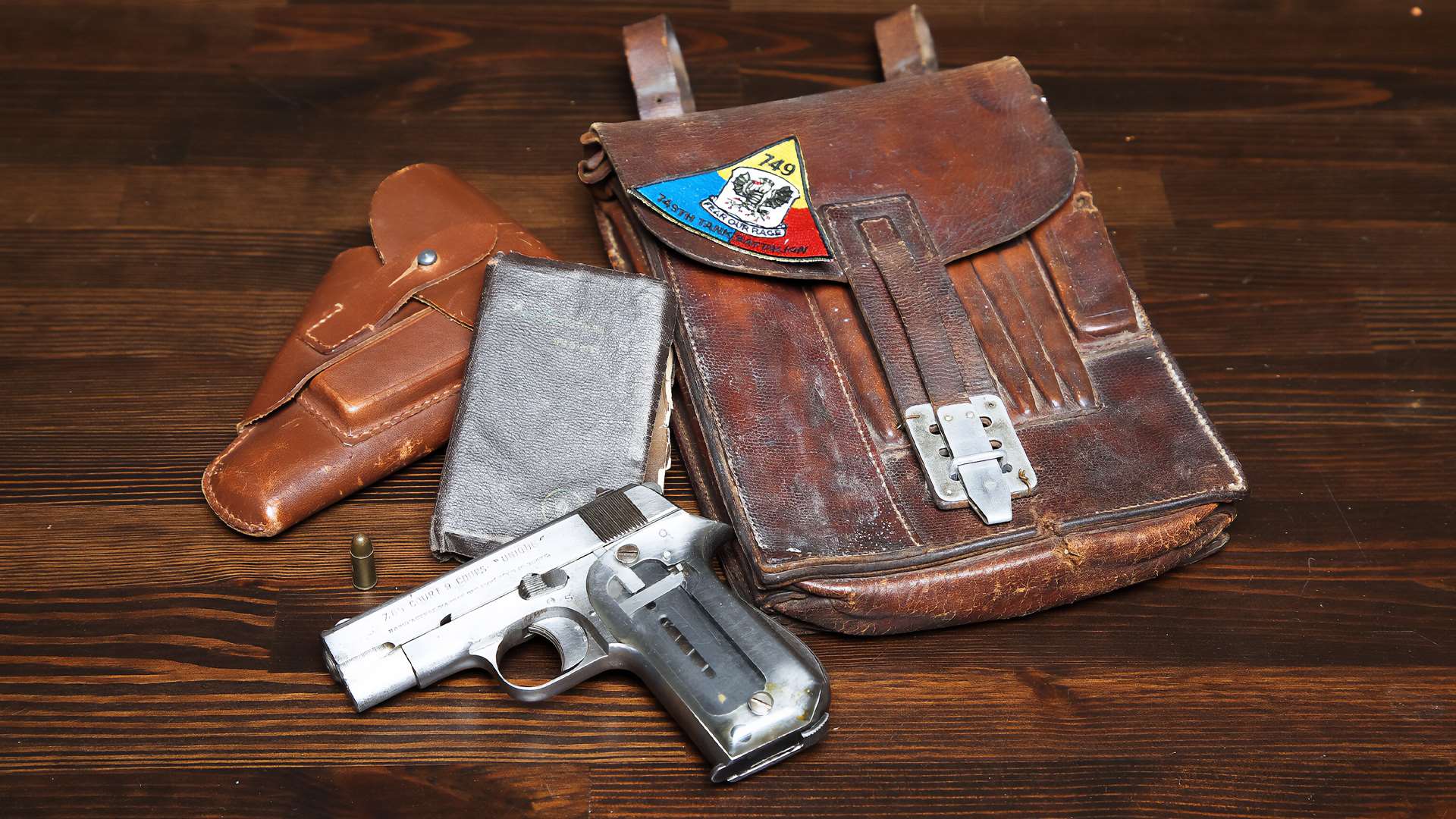
THE PISTOL
It was originally issued with black plastic grips and a high polish finish. Unique pistols, made by Manufacture D’Armes Des Pyrenees had been manufactured since 1923. This is the Kriegsmodell manufactured by the Germans after they took over wartime production in France. The 7.65 mm caliber is virtually the same as the .32 ACP cartridge. Coups is French for shots. Thus, this pistol holds a total of nine rounds including a round in the chamber. The pistol weighs in at a hefty 43 ounces. It has a 3-and-3/16-inch barrel. It is designed not to fire with the magazine removed. The magazine release is the typical European style located on the rear of the magazine well. It is a single-action design.
There were approximately 20,000 of these pistols manufactured at the factory located in Hendaye, France, which the Germans took over on June 20, 1940. The right rear area of the frame has WaA251 inscribed. WaA is the German inspector markings for the Waffenamt. The Waffenamt was the German Army Weapons agency.
THE UNIT
The 749th Tank Battalion was created at Camp Bowie, Texas, in February 1943. After over a year in training, the battalion was transported to New York City. They were then transported to England by ship during a trip taking three weeks. After arriving in England, they continued training until D-Day.
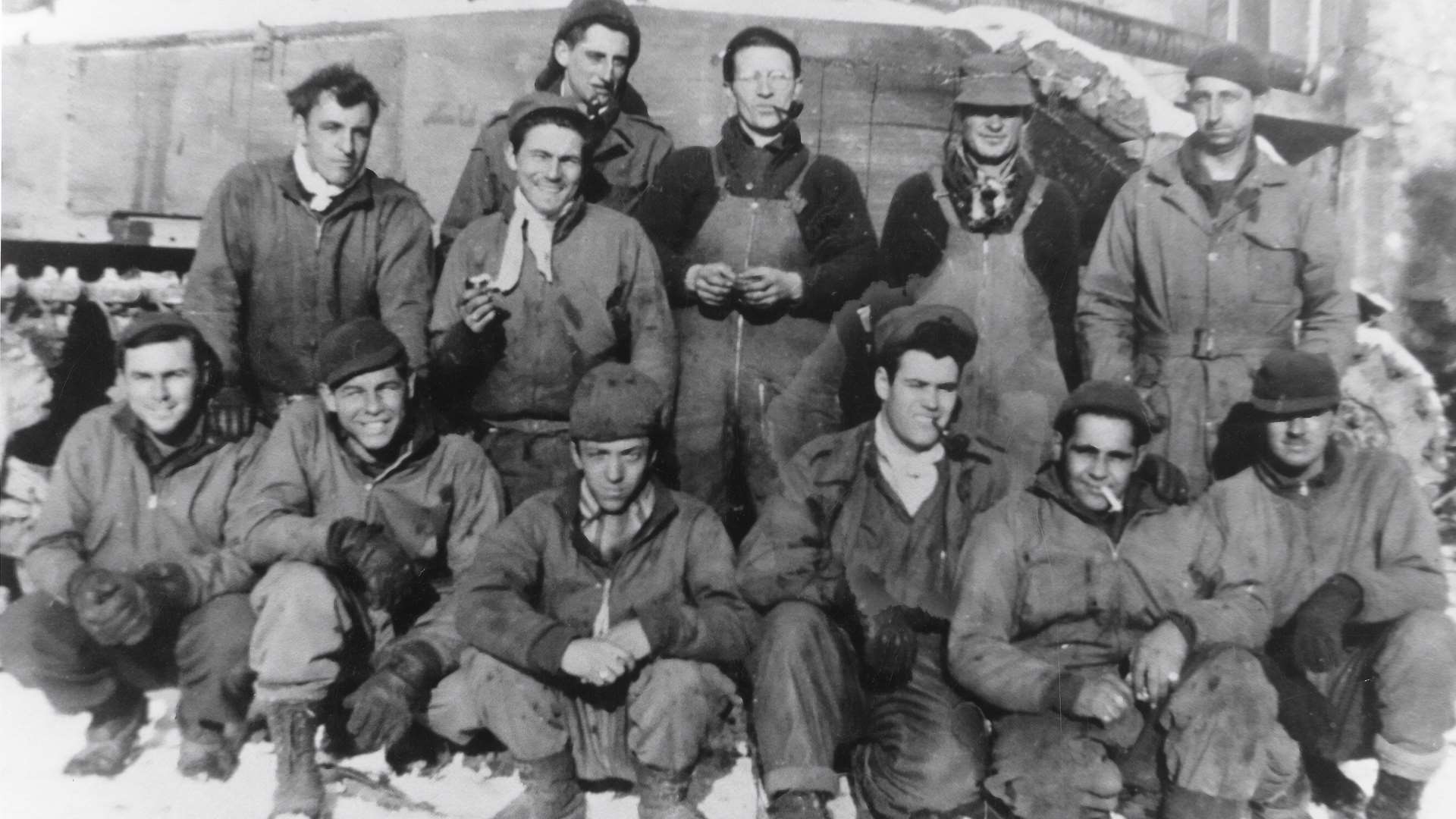
They were supposed to land in the first wave on the morning of June 6, 1944. Due to their battalion commander being sick, it was decided they would land later. They landed on Utah Beach on June 29 at nighttime. The 749th Tank Battalion was paired with the 79th Infantry for several months and came under General Patton’s Third Army on August 6, 1944, until October of the same year. They fought their way across Europe (France, Belgium and Germany) and fought at the Battle of the Bulge.
THE BATTLE OF THE BULGE
The Battle of the Bulge began on December 16, 1944 and lasted for a month. This was Germany’s last gasp attempt to turn the tide on the Allied Forces. It nearly succeeded. The American Forces had approximately 80,000 casualties with the Germans having more than 100,000. This battle was fought in sub-zero temperatures and lots of snow.
During the battle, Sgt. Dilworth’s tank crew was allowed to come back to the rear to get much needed rest one night. Dilworth refused to leave the tank. The Sherman was in a static firing position dug in by a bulldozer close by to a German fort. The gunner remained in the tank with Dilworth. During the night they fired approximately 50 75 mm M61 tank rounds. At first light when the infantry wanted to enter the fort, Dilworth and the gunner finally agreed to go to the rear for rest. This was the gunner’s account, not from Dilworth.
Sgt. Dilworth was wounded on October 11, 1944, and received the Purple Heart. He told me about facing an artillery barrage late one night. He and his friend were lying underneath a Sherman tank. During the attack his friend told him if he were to be killed, he wanted Sgt. Dilworth to visit his family in Ohio. He assured his friend he would be okay and make it home alive.
He was later killed in action, and after the war Sgt. Dilworth made the long trip to Ohio. Prior to his arrival, the family had received a phone call from someone pretending to be his friend. This individual told them he was still alive and would return home soon. Dilworth said it was one of the hardest things he had ever had to do. He told the family that he was dead and would never return home.
Sgt. Dilworth returned home to rural Oconee County, S.C., and married Evelyn Williams. The South Carolina Highway Patrol hired him in 1947. He served for 40 years. I visited the Captain on July 30 in a nursing home in Lexington, S.C. He was suffering from the effects of Alzheimer’s and did not know I was there. On my way out, I said a quick prayer to God asking him to please take Dilworth home to heaven soon. He passed away two days later on August 1, 2014.
Capt. Cecil Dilworth was inducted into the South Carolina Law Enforcement Hall of Fame on November 2, 2022.














